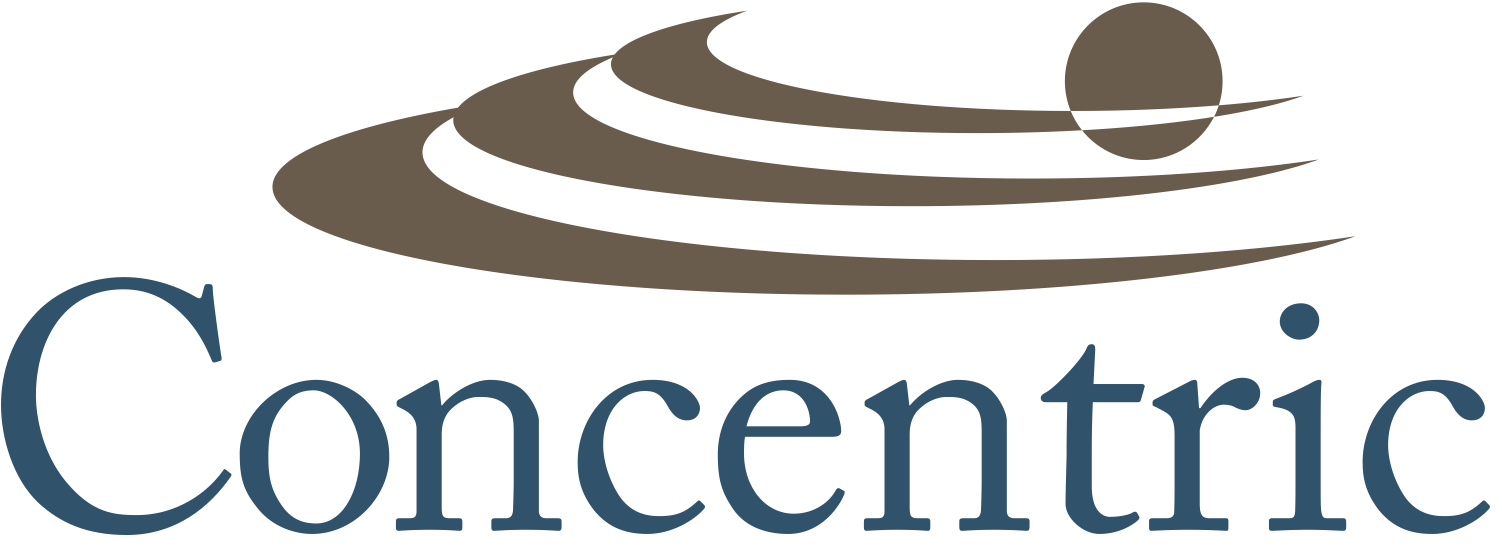Development of ISO 9001:2015
With ISO 9001 and ISO 14001 currently in the development stages for what could be rather significant changes, quality and environmental professionals gather on the fringes to get a sneak peek of what's to come. Before speculating on projected changes, let's first review the process for the development of ISO standards. Stages of Standard Development
New Work Item (NWIP)
Working Draft (WD)
Committee Draft (CD) - Often times there may be CD1, CD2, etc. for multiple drafts
Draft International Standard (DIS)
Final Draft International Standard (FDIS)
Published International Standard (IS), Technical Report (TR) or Technical Specification (TS)

The current stage in which the ISO 9001 sits is at "ISO/CD 9001" as of June 3rd, 2013. This means that the document is at "CD" Stage (#3), with a due date for submission of comments and votes on this draft by September 10th, 2013. Significant chatter typically means that there could be a second or perhaps even a third round within the committee draft (CD) stage. While the expectations for release in the "IS" phase is in the year 2015 - hence the frequently referenced ISO 9001:2015 - the final release depends directly upon the voting member bodies. Publication as an "International Standard" requires approval by at least 75% of the member bodies casting a vote.
Stay tuned to the updates by registering to attend our free ISO 9001:2015 Forums.
K. Bird, Head Communication & Content Strategies for ISO posts, "Experts continue to meet to discuss any problems or questions highlighted, until a Draft International Standard is published. The draft then goes out for public comment. Anyone who is interested can contact their national member body with feedback on the draft standard. This is likely to take place during the first half of 2014."
With regard to your current use of ISO 9001:2008, Bird continues by saying "We expect to publish the new version of ISO 9001:2008 by the end of 2015. At that point there will be a transition period (usually two years) before ISO 9001:2008 officially becomes out of date."
So what are some of the projected changes that may be significant to you and your organization?
The replacement of the term "product" with "goods and services". For years, service organizations (like Concentric) have felt a bit left out due to the constant use of the word "product". What if you don't have a physical product? This potential change in terminology could help service organizations better understand how ISO 9001 requirements pertain to them.
Context of the term "the organization". There may be requirements to better clarify what "the organization" means as it pertains to the intent of it's offerings, the context of it's offerings, what an interested party might expect from it's goods and services, and how customer needs are defined.
Process approach. This addition may require subscribers to better adopt the process approach by adding requirements that actually use the words "process approach" rather than hiding this intent in a preface or supplemental document such as ISO 9004. No one cares about how great your department is. We only care about how great your process output is.
Risk vs. preventive action. This is the change that we're rooting the most for - with spirit and banter! Most folks don't really understand what the hell "preventive action" is anyway. However, "risk" is fairly well understood. Most companies we work with have hundreds of corrective actions (reactive), but very little evidence to show deliberate and methodical steps for risk reduction/mitigation or emergency preparedness (proactive). In my opinion, this change is welcome and long overdue. It would also allow for a better integration with standards in health, safety, environmental and responsible care management systems.
Documented information. The terms previous referred to separately as "document" and "records" may be replaced by a single term referred to as "documented information".
Control of external provision of goods and services. This potential change may not be as significant to some sectors such as automotive and aerospace, as the requirements for controlling outsources processes have been backed into ISO/TS 16949 and AS9100 for some time now. This potential addition to the ISO 9001 standard would require controls to be in place for all forms of external influences on goods and services. In short, it may be harder to say "Hey... it's my suppliers fault!" once the new standard is released.
Whatever changes do finally come from the ISO 9001 updates, we here at Concentric are very hopeful that the standard encourages organizations and practitioners alike to bridge the gap between the priorities of top management and management system implementers. Developing systems that maximize the potential of any organization is depend on a unified approach to managing individual processes. Having multiple systems, conflicting objectives and a "silo" approach to management is still one of the great challenges of our generation. I am confident that the next release of ISO 9001 will continue to improve management system structure as organizations worldwide continue to strive towards excellence.
Stay tuned to the updates by registering to attend our free ISO 9001:2015 Forums.
